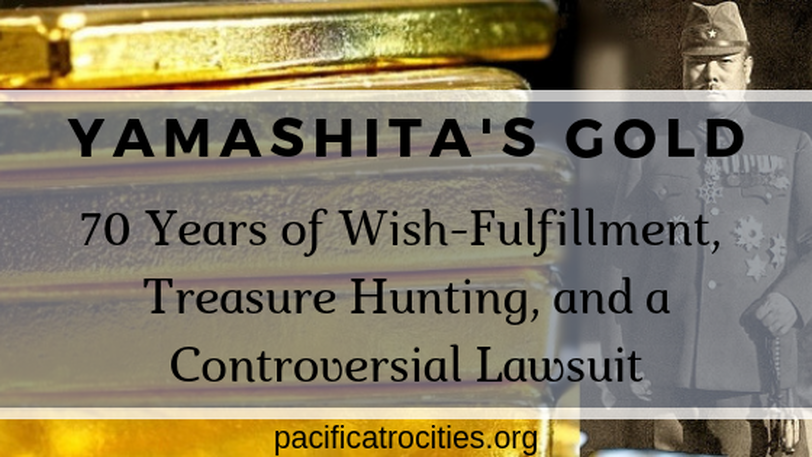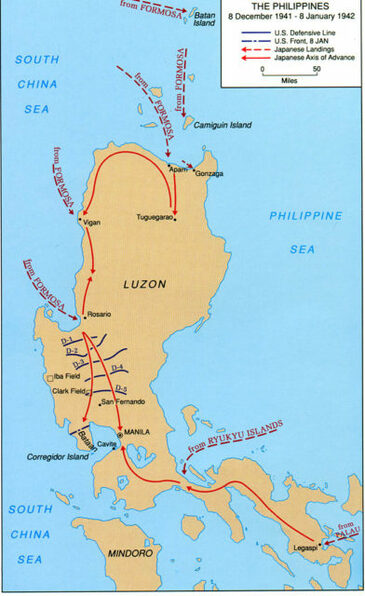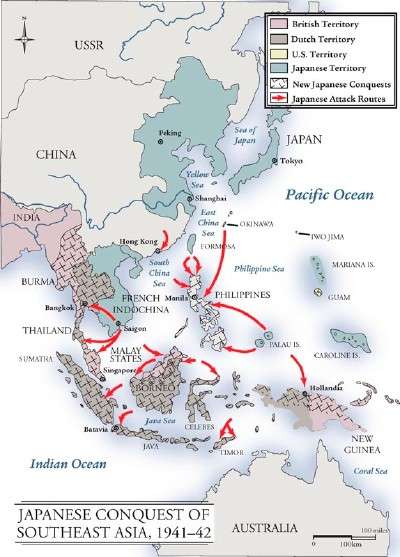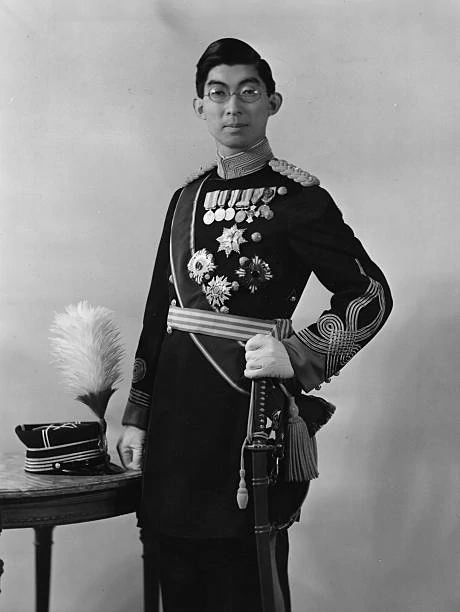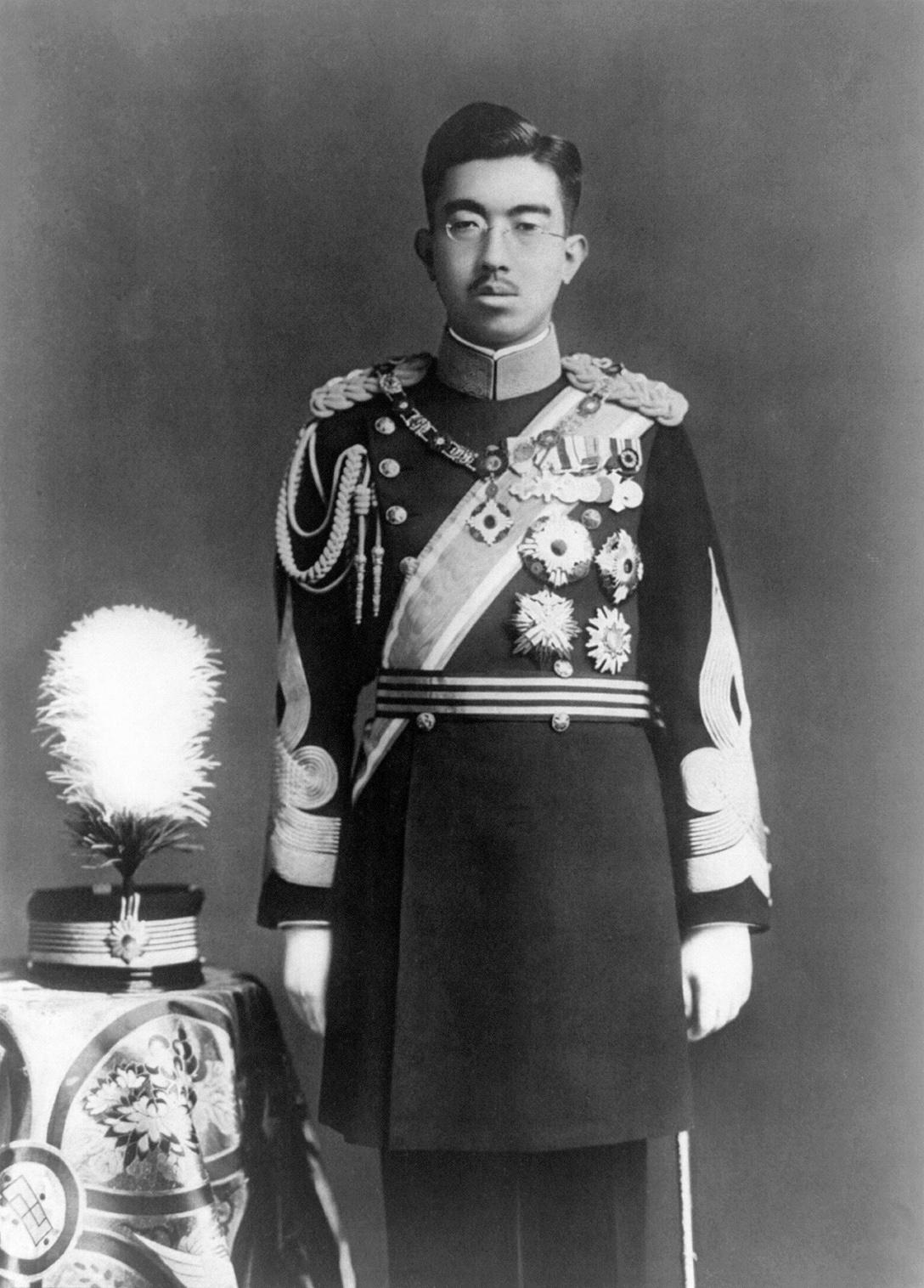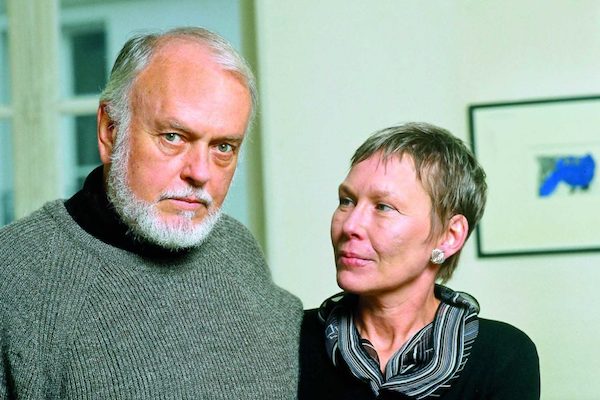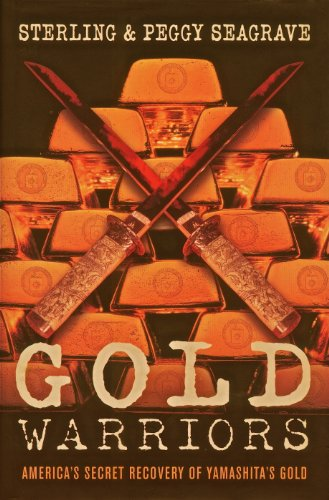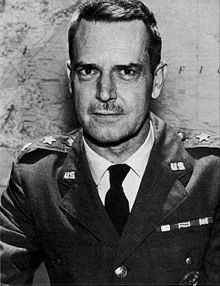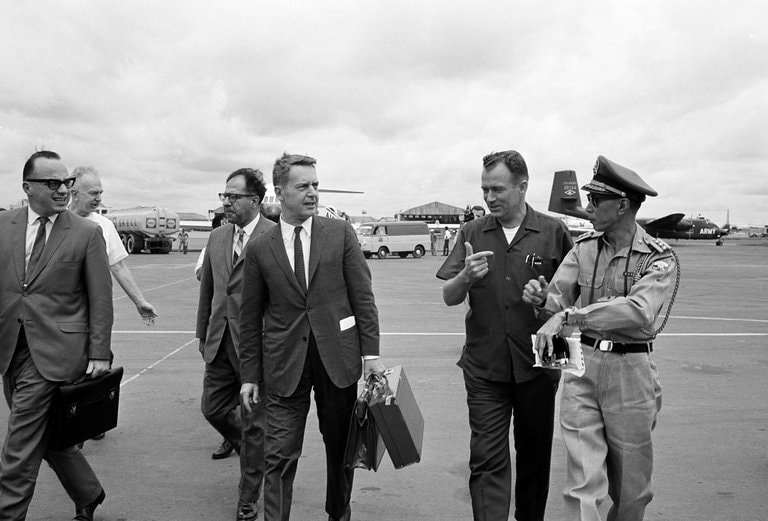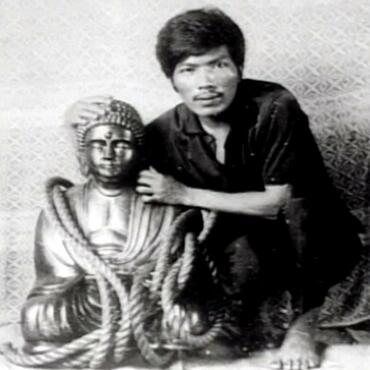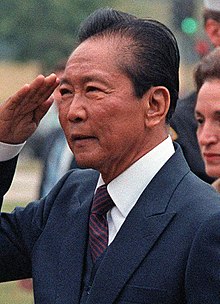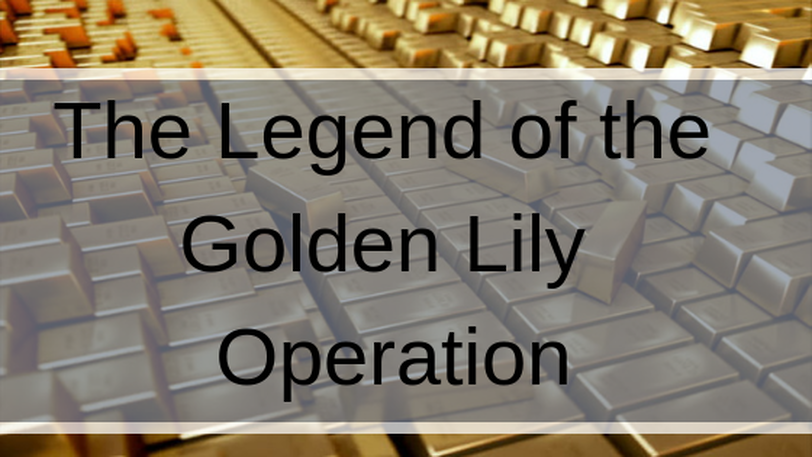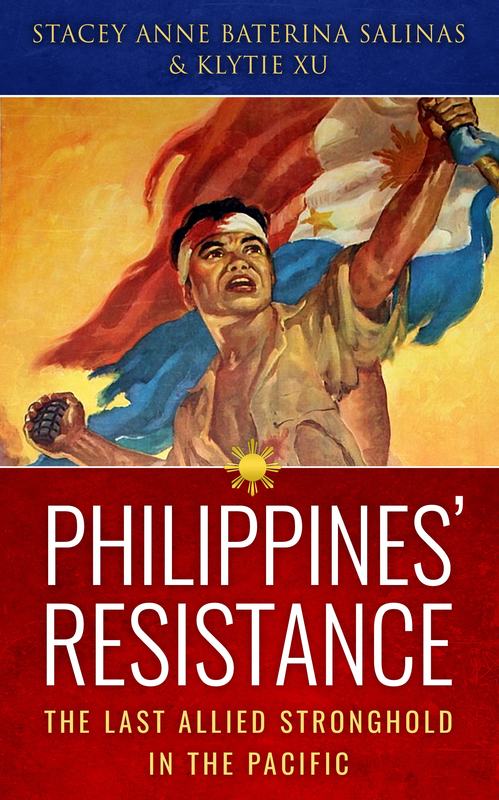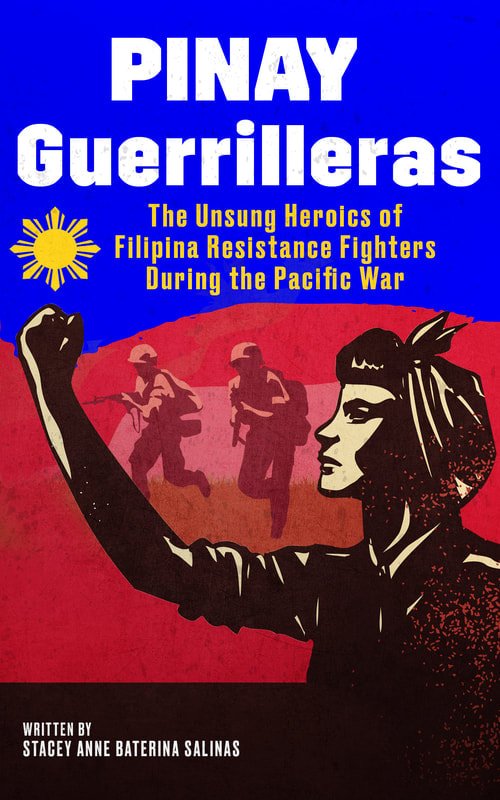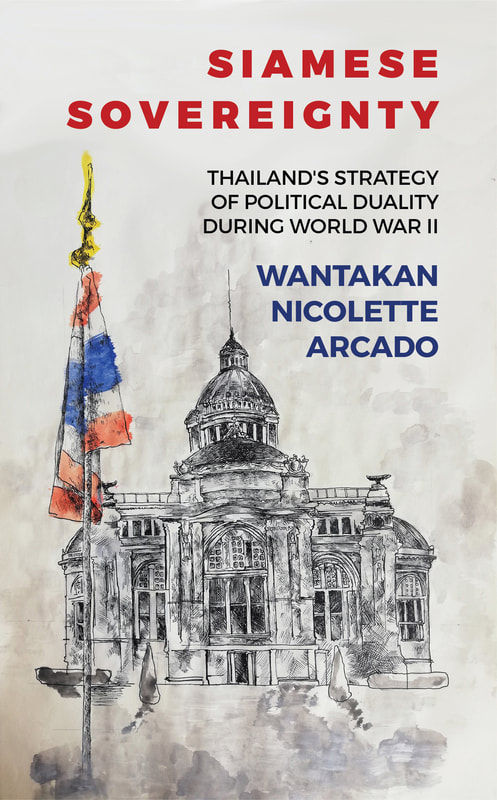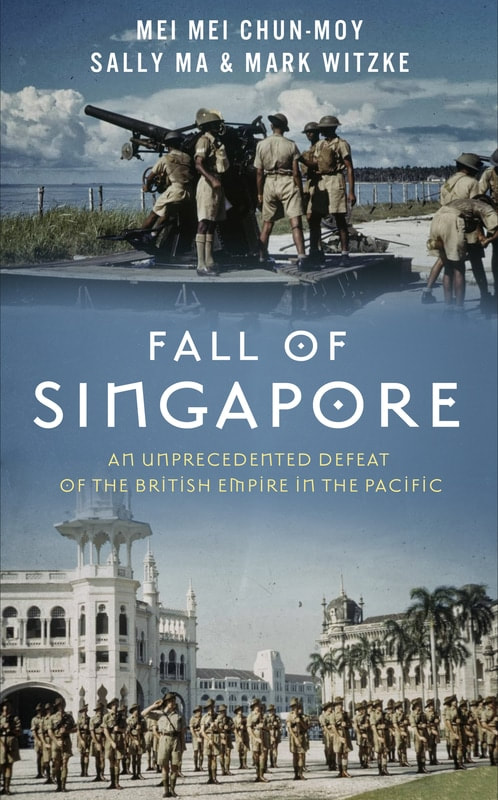Yamashita’s Gold: 70 years of Wish-Fulfillment, Treasure Hunting, and a Controversial Lawsuit2/1/2019 Realizing their gradual defeat by U.S. forces during the closing months of World War II, General Tomoyuki Yamashita hid his war loot throughout multiple underground tunnels in the Philippines. Almost 70 years later, treasure hunters, conspiracy theorist and even government officials continue to search for its existence. Tomoyuki Yamashita–a general in the Imperial Japanese Army–and his forces spent over 8 years pillaging through Southeast Asia riches, simultaneously committing war crimes of mass murder and gang rape. Items were stolen from banks, museums, temples, and depositories, with items ranging from gold, jewelry, to ancient religious figurines. Initially, the war loot was said to be have been held in Singapore, but when General Yamashita assumed command of Japanese forces in the Philippines in 1944, the treasures were later transported there for his supervision. Yamashita’s goal was to ship the treasure from the Philippines to Japan using the Philippines Sea, a route which gave Japan access to the Dutch East Indies as well as other lines of supply and communication between the Japanese islands to conquered territories in Southeast Asia. The remaining loot would then be transported after the end of the war. By 1945 U.S. forces were closing in on Japanese forces in the Pacific Theatre. Multiple navy submarines and airplanes sunk a large number of Japanese merchant ships, some which were alleged to have contained a majority of the loot. In response, Emperor Hirohito tasked his brother, Prince Yasuhito Chichibu, to head a secret organization called Kin No Yuri (translated to ‘The Golden Lily’). The organization’s name was later synonymous to the mission itself, a mission which involved building a system of complex tunnels beneath various Japanese-occupied islands in the Philippines. Over 175 tunnels were said to have been built during this rushed time frame by allied POWs and enslaved Filipinos (coined ‘Romusha’ by the Japanese). While experts argue that the treasure was a mere myth, two authors Sterling Seagrave and Peggy Seagrave, have written books to support the treasure’s existence. The Seagraves, both American historians, write in their book The Yamato Dynasty: The Secret History of Japan's Imperial Family (2000) and Gold Warriors: America's Secret Recovery of Yamashita's Gold (2003), that many who know the treasure’s whereabouts either died during the war or executed for war crimes in Allied courts. Yamashita himself was convicted of war crimes by the U.S. Army and then executed in the Philippines on February 1946. In addition, the Seagraves also claimed that American Military Intelligence were well aware of the war loot prior to Yamashita’s execution. Knowing that a public demand for the loot’s whereabouts during a wartime trial would seem unfavorable to an international audience, the Seagraves argued that American operatives, lead by Edward Lansdale, colluded with Hirohito and other Japanese authorities to conceal the treasure’s existence and instead, use it to finance U.S. covert efforts during the Cold War. In March 1988, a major lawsuit in the state of Hawaii, U.S.A was filed by treasure hunter Rogelio Roxas against the president of the Philippines, Ferdinand Marcos and his wife Imelda Marcos. Roxas argued that he met the son of a former member of the Japanese army in Baguio City in 1961 that helped him map the location of the loot. Assisted by a man who was said to be Yamashita’s translator and interpreter, Roxas visited an underground chamber in Baguio City in 1971, where he claimed to have found Japanese remnants such as samurai swords, bayonets, and skeletal remains in Japanese uniforms. Digging deeper, he found a golden Buddha statue (estimated to have weighed 1,000 kilograms) along with stacked crates containing gold bars. Roxas claimed to have resealed the chamber until he was able to find out how to transport the crates and hid the statue at his home in Aurora Hill. Rogelio Roxas (left) and Ferdinand Marcos (right) Shortly after this, Roxas noted, President Ferdinand Marcos learned of Roxas’ discovery and ordered him beaten and arrested by the National Bureau of Investigation and the Criminal Investigation Service. The statue was also seized. In tangent, Marcos later called for martial law in the Philippines in 1962, further solidifying his power. When Roxas was freed in 1974, he went into hiding and later resurfaced to file his lawsuit in the United States. Although Roxas died a day before his trial in 1993 under suspicious circumstances, his family along with his company, The Golden Budha Corporation (created for the purpose of asserting his rights to the treasure) won the lawsuit three years later winning them $22 billion in compensatory damages, later increasing to $40 billion dollars after interest, then-largest judicial judgment ever awarded in history. However, in 1998, the Hawaii Supreme Court revoked its initial award, arguing that there was insufficient evidence of the overall treasure and instead, ordered a new hearing on the value of the Buddha statue itself and the 17 bars of gold hidden at Roxas’ home previously. Several years later, the final judgment was made against Imelda Marcos, (who, in 1992, claimed that the Yamashita treasure accounted for a majority of her husband’s wealth) and the family along with their estate was awarded $6 million dollars on account of human rights abuse. Roxas’s story would be the closest event in history that historians have for the validation of the existence of Yamashita’s gold. Whether or not this story or anecdotes from anyone for that matter was the truth, the mystery behind a 74-year-old treasure has yet to be uncovered. For now, the story has adopted legendary status, putting it alongside the El Dorado the City of Gold and the Crown Jewels of England. References:
Related ArticlesRelated Books
8 Comments
1/20/2023 09:20:23 pm
Excellent article! Thank you for your excellent post, and I look forward to the next one. If you're seeking for discount codes and offers, go to couponplusdeals.com.
Reply
Alfa
8/8/2023 06:35:52 pm
I have the map but i don't understan🥲
Reply
TREASURE SIGN AND SYMBOLS
9/13/2023 04:43:06 pm
i can read it for you
Reply
Welmer balasbas
12/20/2023 03:39:03 am
I have ah place where the Japanese hide there treasure ..but I don't have ah map can I see your map if it is ok for you
Reply
10/27/2023 08:29:56 am
He is a former soldier turned treasure hunter and adventurer who discovered the Golden Buddha a wartime treasure of General Tomoyuki Yamashita during World War 2 in the Philippines.
Reply
Garry
11/23/2023 03:46:15 pm
Do you have treasure in Davao del Norte
Reply
Queen
6/26/2024 11:29:18 pm
I laughed when I read a comment about Davao Del Norte. Yes there are a lot of gold found in Davao region and kept in secret by treasure hunter turned millionaires and politicians. It maybe the reason why our country is always in a mess
Reply
Leave a Reply. |
- Home
- Stories
-
Internship
- Summer 2024 Internship
- Summer 2023 Internship
- Fall 2022 Internship
- Summer 2022 Internship
- Summer 2021 Internship
- Fall 2020- Spring 2021 Internship
- Summer 2020 Internship
- Fall 2019 Internship
- Summer 2019 Internship >
- School Year 2018-2019 Internship
- Summer 2018 Internship >
- Fall 2017 Internship
- Summer 2017 Internship >
- Books
- Archives
-
Resource Page
-
Supplementary Research Guides
>
- Unit 731 - Guide >
-
Philippines' Resistance - Guide
>
- Philippines World War II Timeline
- The Japanese Invasion & Conquest of the Philippines
- Bataan Death March
- Formation of Underground Philippines Resistance
- Supplies of the Guerrilla Fighters
- The Hukbalahap
- Hunter's ROTC
- Marking's Guerrillas
- United States Army Forces in the Philippines of Northern Luzon (USAFIP-NL)
- The Aetas
- Chinese and Filipino-Chinese Nationalist Guerrilla Units
- The Female Faces of the Philippine Guerrillas
- Rising Sun Flag - Guide >
- Pinay Guerrilleras - Guide >
- Fall of Singapore - Guide >
- Three Years and Eight Months - Guide >
- Siamese Sovereignty - Guide >
- The Khabarovsk War Crimes Trial - Guide >
- Unit 731 Cover-up : The Operation Paperclip of the East - Guide >
- Marutas of Unit 731 - Guide >
- Prince Konoe Memoir - Guide >
- Competing Empires in Burma - Guide >
- Battle of Shanghai - Guide >
- Ishi Shiro - Guide >
- Taiwan The Israel of the East - Guide >
- Seeking Justice for Biological Warfare Victims of Unit 731 - Guide >
- Rice and Revolution - Guide >
- Clash of Empires - Guide >
-
Hunger for Power and Self-SufficiencyI - Guide
>
- The Influence of War Rations on Post-War Culinary Transformations
- How World War II Complicated Food Scarcity and Invention
- American Military Innovations
- Government-Sponsored Food Inventions in Europe during World War II
- Feeding the Army: The Adaptation of Japanese Military Cuisine and Its Impact on the Philippines
- Mixed Dishes: Culinary Innovations Driven by Necessity and Food Scarcity
-
Denial A Quick Look of History of Comfort Women and Present Days’ Complication - Guide
>
- The Comfort Women System and the Fight for Recognition
- The Role of Activism and International Pressure
- The Controversy over Japanese History Textbooks
- The Sonyŏsang Statue and the Symbolism of Public Memorials
- Activism and Support from Japanese Citizens
- The Future of Comfort Women Memorials and Education
- Echoes of Empire: The Power of Japanese Propaganda - Guide >
- Lesson Plans >
-
Supplementary Research Guides
>
|
Pacific Atrocities Education
730 Commercial Street San Francisco, CA 94108 415-988-9889 |
Copyright © 2021 Pacific Atrocities Education.
We are a registered 501 (c)(3) charity. |
- Home
- Stories
-
Internship
- Summer 2024 Internship
- Summer 2023 Internship
- Fall 2022 Internship
- Summer 2022 Internship
- Summer 2021 Internship
- Fall 2020- Spring 2021 Internship
- Summer 2020 Internship
- Fall 2019 Internship
- Summer 2019 Internship >
- School Year 2018-2019 Internship
- Summer 2018 Internship >
- Fall 2017 Internship
- Summer 2017 Internship >
- Books
- Archives
-
Resource Page
-
Supplementary Research Guides
>
- Unit 731 - Guide >
-
Philippines' Resistance - Guide
>
- Philippines World War II Timeline
- The Japanese Invasion & Conquest of the Philippines
- Bataan Death March
- Formation of Underground Philippines Resistance
- Supplies of the Guerrilla Fighters
- The Hukbalahap
- Hunter's ROTC
- Marking's Guerrillas
- United States Army Forces in the Philippines of Northern Luzon (USAFIP-NL)
- The Aetas
- Chinese and Filipino-Chinese Nationalist Guerrilla Units
- The Female Faces of the Philippine Guerrillas
- Rising Sun Flag - Guide >
- Pinay Guerrilleras - Guide >
- Fall of Singapore - Guide >
- Three Years and Eight Months - Guide >
- Siamese Sovereignty - Guide >
- The Khabarovsk War Crimes Trial - Guide >
- Unit 731 Cover-up : The Operation Paperclip of the East - Guide >
- Marutas of Unit 731 - Guide >
- Prince Konoe Memoir - Guide >
- Competing Empires in Burma - Guide >
- Battle of Shanghai - Guide >
- Ishi Shiro - Guide >
- Taiwan The Israel of the East - Guide >
- Seeking Justice for Biological Warfare Victims of Unit 731 - Guide >
- Rice and Revolution - Guide >
- Clash of Empires - Guide >
-
Hunger for Power and Self-SufficiencyI - Guide
>
- The Influence of War Rations on Post-War Culinary Transformations
- How World War II Complicated Food Scarcity and Invention
- American Military Innovations
- Government-Sponsored Food Inventions in Europe during World War II
- Feeding the Army: The Adaptation of Japanese Military Cuisine and Its Impact on the Philippines
- Mixed Dishes: Culinary Innovations Driven by Necessity and Food Scarcity
-
Denial A Quick Look of History of Comfort Women and Present Days’ Complication - Guide
>
- The Comfort Women System and the Fight for Recognition
- The Role of Activism and International Pressure
- The Controversy over Japanese History Textbooks
- The Sonyŏsang Statue and the Symbolism of Public Memorials
- Activism and Support from Japanese Citizens
- The Future of Comfort Women Memorials and Education
- Echoes of Empire: The Power of Japanese Propaganda - Guide >
- Lesson Plans >
-
Supplementary Research Guides
>
